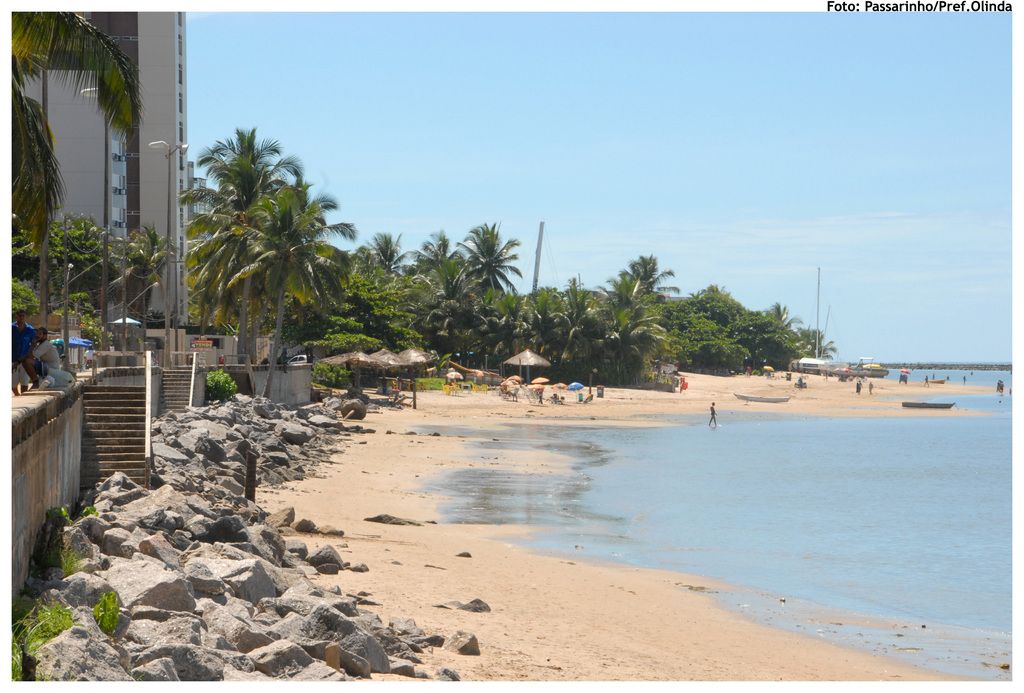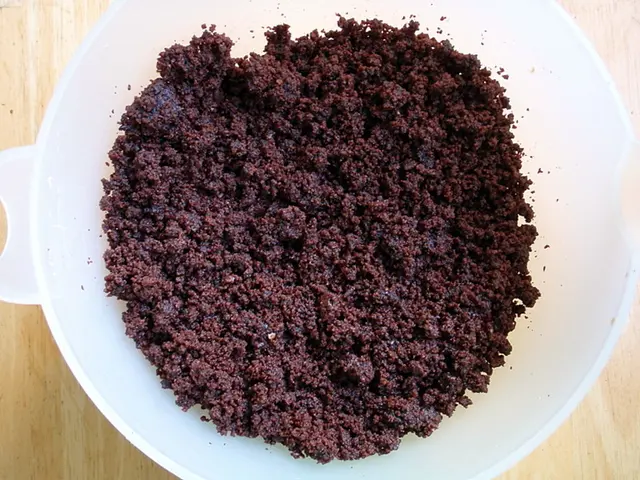Rapid and severe rosacea: Causes, signs, and remedies
Layman's Guide to Rosacea Fulminans: The Severe Skin Condition You Need to Know
Rosacea fulminans, often mistakenly thought to be just another form of acne rosacea, is a rare, intense inflammatory skin disorder primarily affecting adult women. Although the precise cause eludes us, we've identified several potential culprits when it comes to rosacea and extreme facial breakouts.
Unraveling the Mystery
- Genetics: There's evidence that genetics lays the foundation for rosacea and similar severe skin eruptions.
- Hormones: Hormonal fluctuations, like during the menstrual cycle or pregnancy, can trigger or intensify inflammation, though this is more evident with regular acne and less so with rosacea fulminans.
- Environment: Our surroundings may contribute to flares – extreme weather, sun exposure, pollution, and cold or hot temperatures can potentially spark severe episodes.
- Stress: Psychological stress is known to trigger both acne and rosacea, and may lead to an outbreak of rosacea fulminans.
- Topical Agents: Harsh cosmetics, skincare products, or clothing friction can irritate sensitive facial skin.
- Immune System: It's suggested that an overactive immune response might be linked to severe inflammatory skin conditions, including rosacea fulminans.
Dietary SUSpects
While there's no strict dietary cause confirmed for rosacea fulminans specifically, dietary triggers are well-documented for standard rosacea, and may apply tentatively:
- Spicy Foods: Hot spices can lead to facial flushing, potentially worsening rosacea.
- Alcohol: Consuming alcohol, especially red wine and other vasodilating beverages, may trigger flushing and inflammation.
- Hot Beverages: Warm drinks can cause vasodilation and facial redness.
- High-Histamine Foods: Certain individuals react sensitivity to histamine-rich foods like aged cheeses, fermented products, and processed meats.
- Caffeine: Caffeine may not pose a problem for all, but it can lead to vasodilation in some people.
It's essential to note that rosacea fulminans-specific dietary triggers are not universally accepted, but these factors are commonly reported in rosacea research and may be relevant.
In a Nutshell
| Trigger/Factor Type| Examples/Details ||--------------------|------------------|| Genetic | Family history || Hormonal | Menstruation, pregnancy || Environmental | Sun, wind, pollution, weather extremes || Stress | Psychological stress || Topical | Harsh skincare, cosmetics, friction || Immune System | Overactive immune response || Dietary | Spicy foods, alcohol, hot beverages, high-histamine foods, caffeine |
Though general rosacea is undefined and influenced by multiple factors, rosacea fulminans appears to share some triggers with regular acne and rosacea, albeit being rarer and more sudden in appearance. Always consult a dermatologist for guidance in managing severe skin conditions.
- The genetic link implicated in severe skin conditions, such as rosacea fulminans, suggests that it might be hereditary.
- Hormonal fluctuations, like those experienced during the menstrual cycle or pregnancy, could potentially exacerbate rosacea symptoms, though their impact on rosacea fulminans is less clear.
- Environmental factors, including extreme weather, sun exposure, pollution, and temperature fluctuations, may contribute to flare-ups of rosacea fulminans.
- Stress, particularly psychological stress, is known to trigger various skin conditions and might lead to an outbreak of rosacea fulminans in some individuals.







